The story of the attempt to rebuild Jerusalem under the leadership of Nehemiah explores the pull of threatened societies toward religious and ethnic exclusion.
The story of the attempt to rebuild Jerusalem under the leadership of Nehemiah explores the pull of threatened societies toward religious and ethnic exclusion. King Artexerxes and his royal court were depicted through an Oromo cultural lens while the musical and artistic elements associated Nehemiah and the Jewish community were drawn from cultural traditions of West Africa. The themes of inclusion/exclusion drew on the cultural tension in many parts of contemporary Africa between the Christian and Muslim communities.
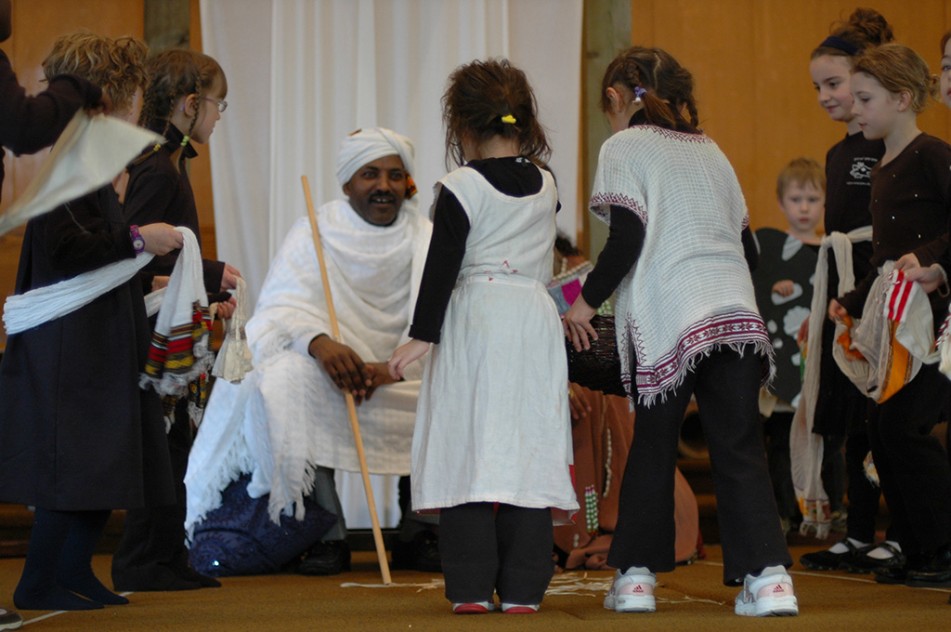
King Artaxerxes I of Persia is depicted as an traditional Oromo chief. Here he is being honoured by the royal court in a traditional Oromo/Ethiopian style ceremony.
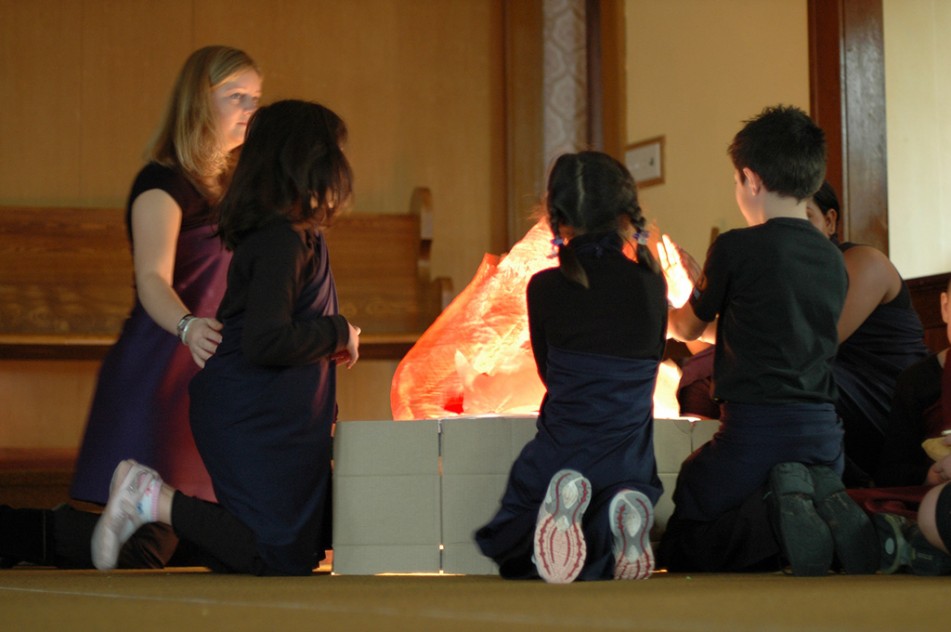
The Hebrew people return to Jerusalem to find it in ruins. Here they warm themselves by fires amidst the rubble of the city.
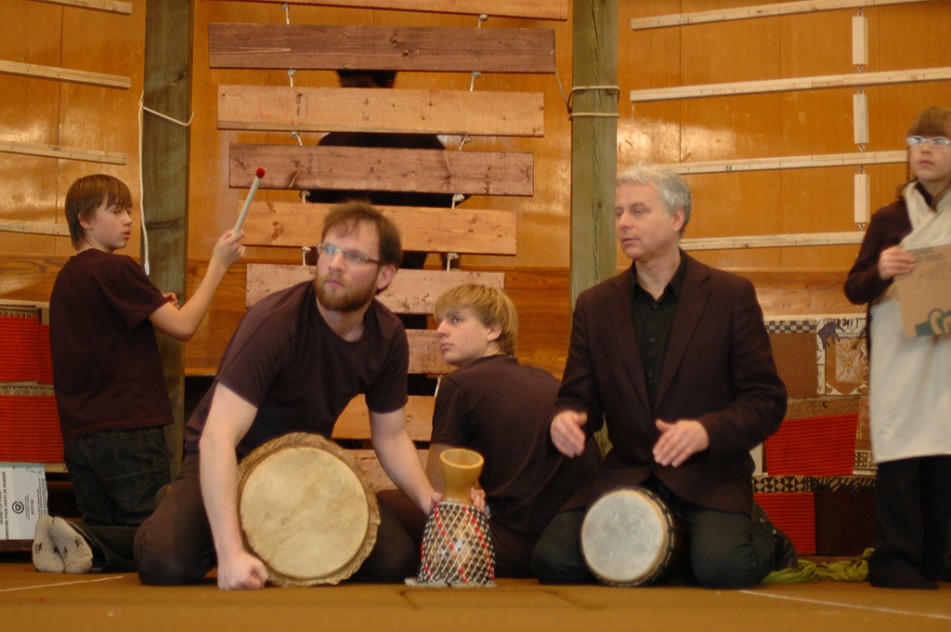
The music was inspired by West African percussion, here played on a set of djembes and a giant marimba. The marimba also served as part of the rebuilt wall of Jerusalem.
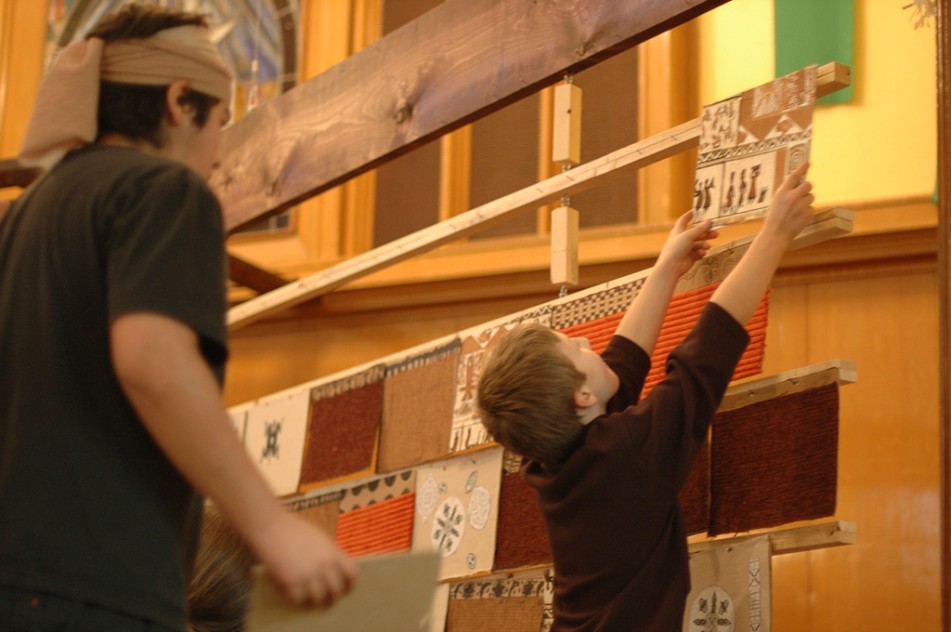
“Bricks” designed with African-motifed fabric and hung as a symbol of the long work of rebuilding the walls of the temple and of the Holy City, Jerusalem.
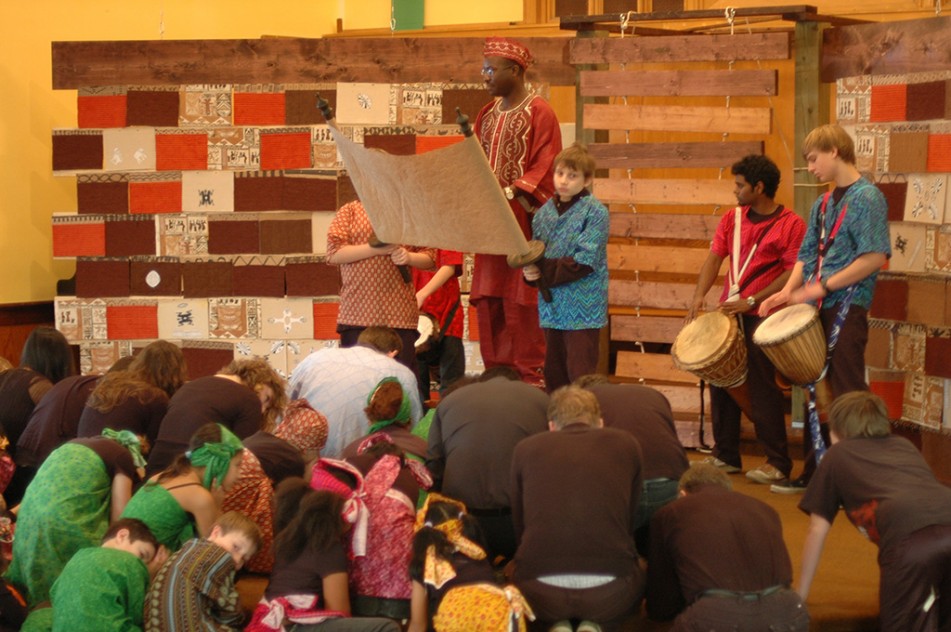
The people weep as Nehemiah reads to them from The Law of Moses which was discovered during the rebuilding of Jerusalem.
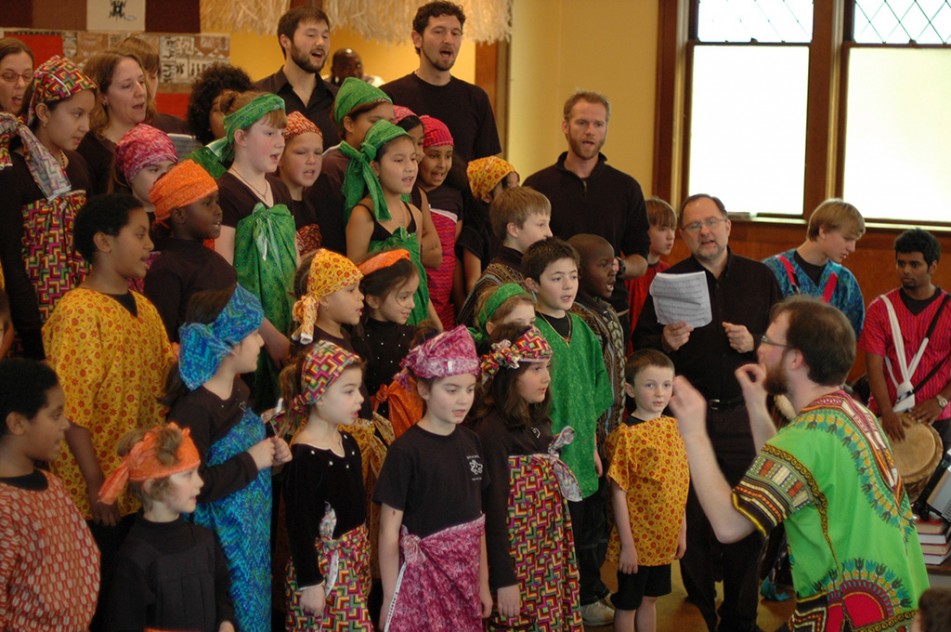
A traditional African children’s choir sings and dances to celebrate the rebuilding of the temple in Jerusalem.
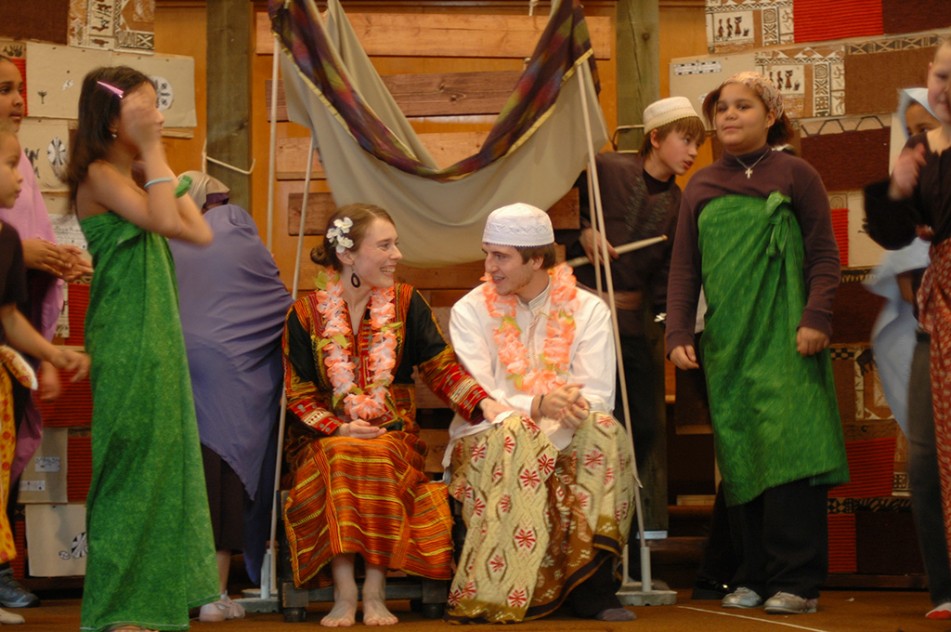
A forbidden wedding is held between a Hebrew girl returned to Jerusalem from Babylon and an Arab man whose people had since taken up residence in the city.
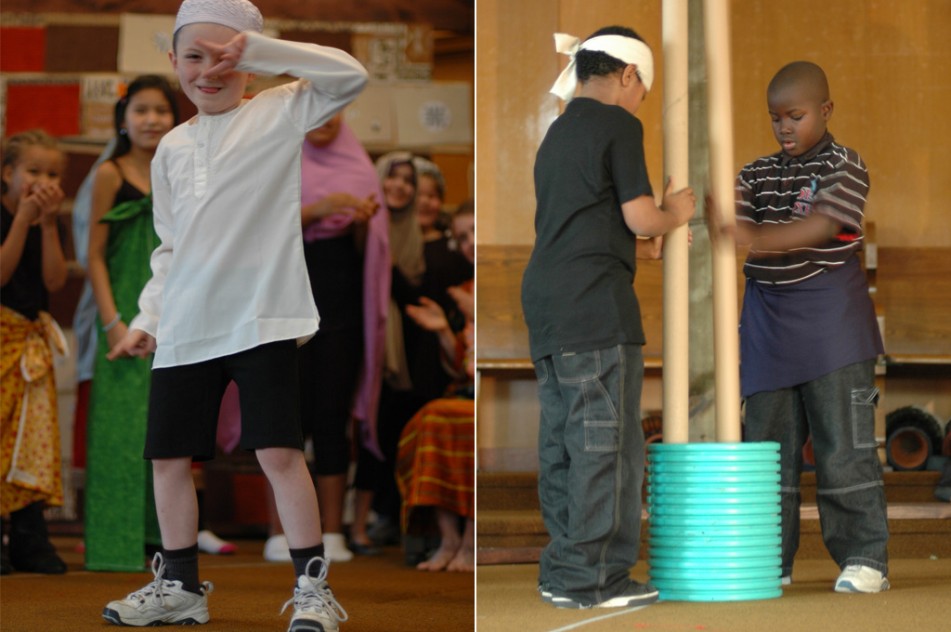
Images from “Gates Open Wide”: a Muslim boy dancing at the wedding; returnees pounding grain to survive in the harsh conditions upon returning to the ruined city of Jerusalem.
